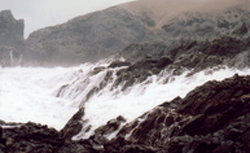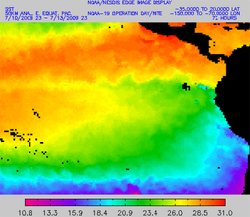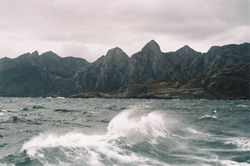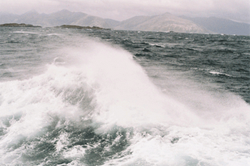Important dates for fishery
Forecasts:
These data allows the fishermen to increase safety and to better plan their maritime operations.
see forecasts
| |
|
|
Table of tides:
Tides are periodic movements of rise and fall of the sea, caused by the attraction of sun and moon. When the tide reaches its highest level it's called high tide and when it reaches its lowest level it is called low tide.
Rising tide is the period between low and high tide, the reverse period is called dropping tide.
see tide information of Peru
|
 |
|
SST:
The spatial and temporal patterns of sea surface temperature (SST) may determine the survival and distribution of organisms that live in shallow waters. It is very useful for the fishery because the fishermen can be certain of where the waters are more favorable to fish, depending on the species that they are looking for.
see SST
South America: Pacific Ocean
Week average of SST:
|
 |
|
Winds:
It provides an overview of the current situation of prevailing winds in order to be able to plan when it is favorable to go fishing.
see winds
Winds
|
 |
|
Wave height:
see wave height
See see Remote Sensing Unit and GIS of the IMARPE
|
 |
| |
|
ANIMATION OF WIND SPEED, WAVES, FORECASTS FOR THE SST WEEK, WAVE HEIGHT, BY "PUERTOS"
(Sixth in the table above):
see stats
Links forecast, tides table and animations: Directorate of Hydrography and Navigation (DHN)
Links wave height and wind: Remote Sensing Unit and GIS of the IMARPE
Chlorophyll: Chlorophyll concentration provides an estimate of the live phytoplankton biomass in the surface layer. It is also referred to as the amount of the green pigment chlorophyll. Fishes have joined to feed in phytoplankton reach zones.
http://190.81.175.51/uprsig/clorofila1/clorofila1.htm
Salinity: It is important to determine the movement of water masses, circulation and fronts.
http://190.81.175.51/uprsig/salinidad/salinidad.htm








